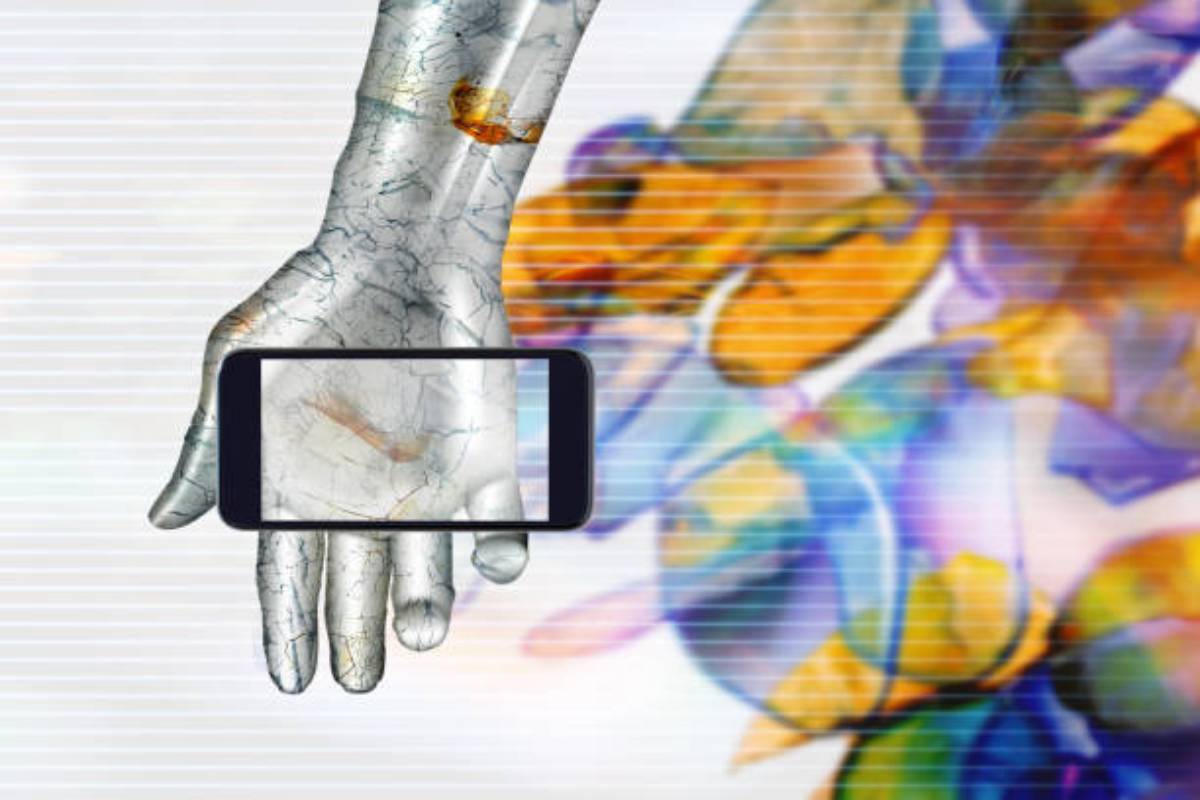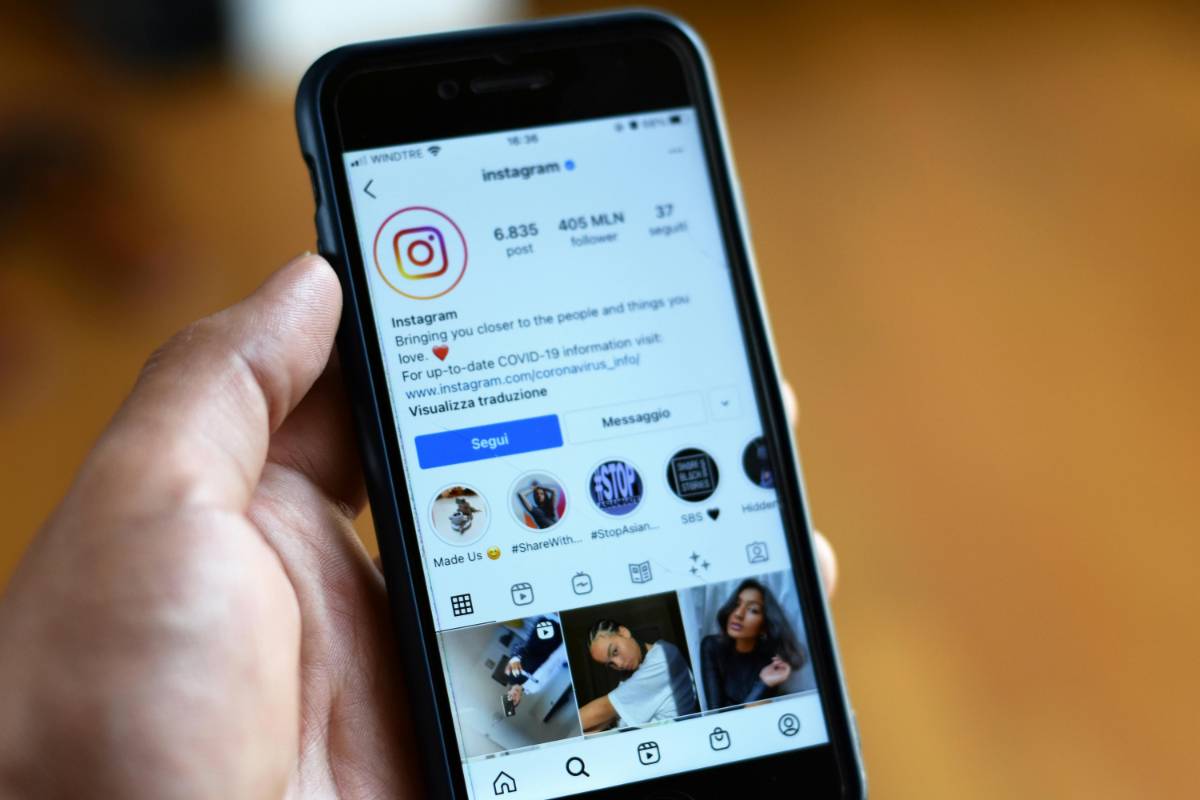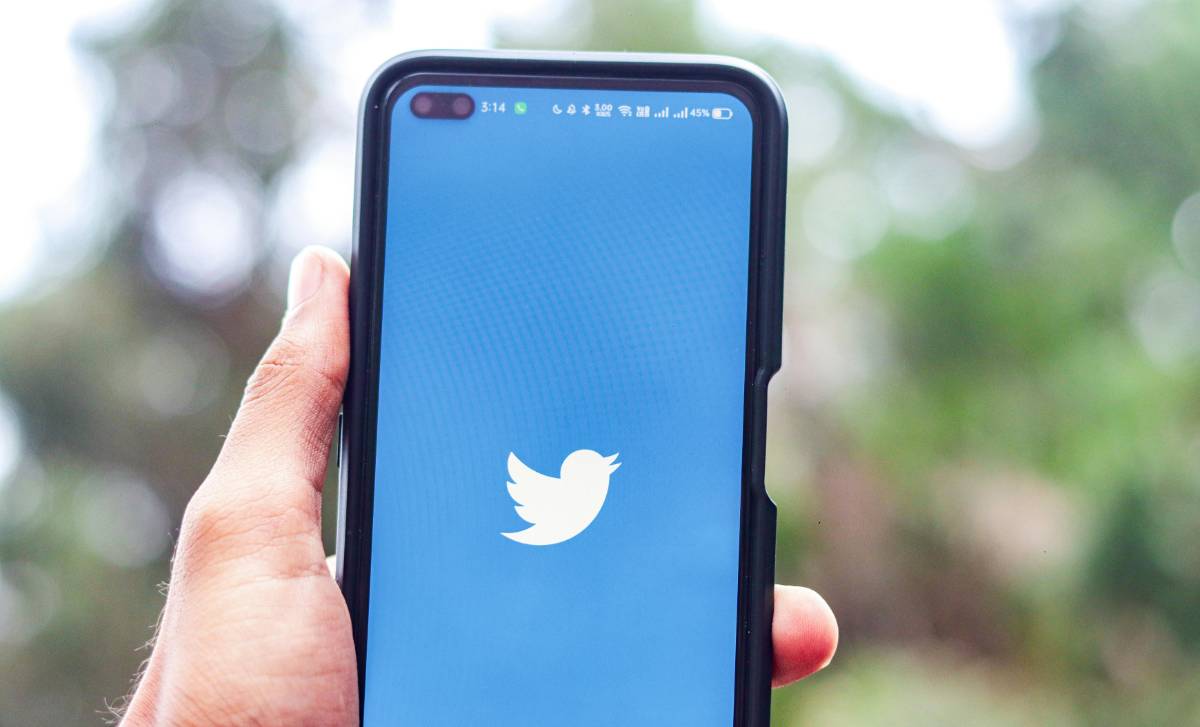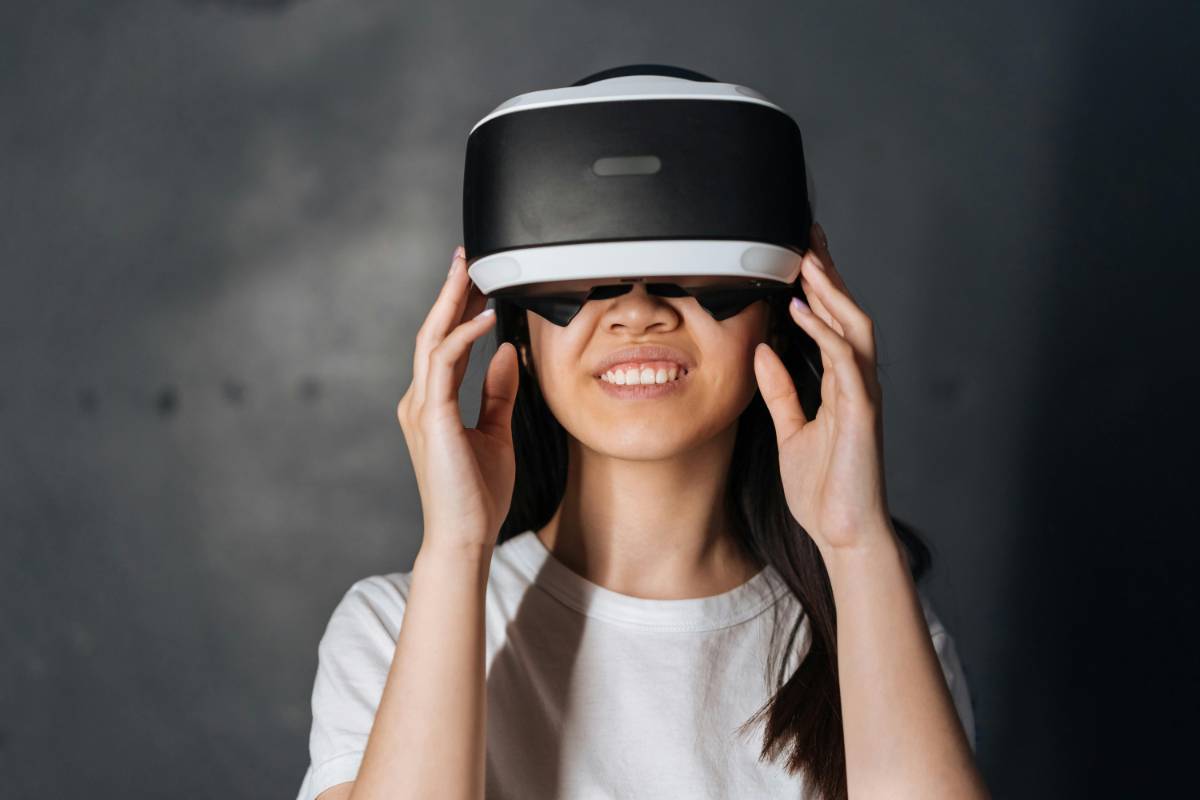Social Media and the Rise of Augmented Reality Filters
15 Sep 2025
Read Time: 5 min read

Augmented Reality (AR) filters have revolutionized the way users interact with social media platforms. From transforming selfies to creating immersive brand experiences, AR filters have become a popular tool for entertainment and marketing. Here’s a closer look at how AR filters are shaping the social media landscape.
 What Are AR Filters?
What Are AR Filters?AR filters use technology to overlay virtual objects, animations, or effects onto real-world images and videos captured through a device's camera. These filters enhance reality, offering users a creative and interactive experience.
Popularized by platforms like Snapchat, Instagram, and TikTok, AR filters range from simple color overlays to complex animations that respond to user movements or surroundings.
The Appeal of AR FiltersAR filters appeal to users for several reasons. They offer a fun and engaging way to express creativity, personalize content, and stand out in a crowded social media space. Filters can transform mundane posts into visually striking and shareable moments.
For brands, AR filters are a powerful marketing tool. They enable interactive campaigns, allowing users to engage with a product or service in a playful and memorable way.
AR filters leverage a combination of technologies, including facial recognition, 3D modeling, and machine learning. These technologies map the user’s face or environment and apply virtual elements that move and adapt in real time.
Platforms like Spark AR and Lens Studio have made it easier for creators to design custom AR filters, democratizing the creation process and fueling innovation.

💡 Discover More from Social-Media
Brands are increasingly incorporating AR filters into their social media strategies to boost engagement and reach. From virtual try-ons for beauty products to interactive games promoting new movies, AR filters provide a unique way to connect with audiences.
One notable example is Gucci’s AR shoe try-on feature, which allows users to see how different sneakers look on their feet before purchasing. Such applications not only enhance user experience but also drive conversions.
Challenges and Ethical ConcernsDespite their popularity, AR filters raise some challenges and ethical questions. Over-reliance on beauty filters, for example, can perpetuate unrealistic beauty standards and impact users’ self-esteem. Additionally, concerns about data privacy arise as AR filters collect facial and environmental data.
Platforms and developers must address these issues by promoting responsible use and ensuring transparency around data usage.
The Future of AR FiltersAs AR technology evolves, filters are expected to become even more sophisticated and accessible. The integration of AR with other technologies, such as AI and the metaverse, will likely expand its applications, offering new ways for users and brands to engage.
Expect to see AR filters playing a larger role in e-commerce, virtual events, and content creation, further blurring the lines between reality and the digital world.
ConclusionAR filters have transformed social media, offering users and brands an innovative way to create and connect. While challenges remain, the potential for AR filters to enhance digital experiences is immense. As technology continues to advance, the rise of AR filters is set to redefine the way we interact online.
Stay Informed
Get the latest and most accurate news delivered straight to your inbox. Subscribe now and never miss an update.

Jyoti Prakash
An insightful voice in the industry, crafting content that informs, inspires, and connects with readers.
View all articles →















